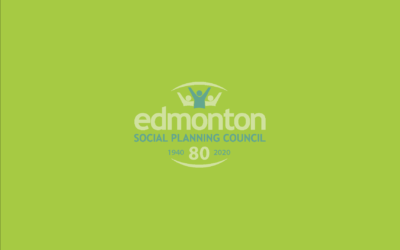Title: Asking for directions : partnering with youth to build the evidence base for runaway and homeless youth services.
Collection: Alberta
Author(s): Schweitzer, Don | Helmer, Chris | Lee, Lorna | Linderman, Matt | Moore, David |Schwiegeraht, Crystal
Citation:All CAS Faculty Scholarship. Paper 53
Subject: Housing – temporary, emergency, homelessness | Youth – planning, policy
Publisher: Pacific University
Date of Publication: 2013
Abstract:
Each year it is estimated that almost 2 million American youth run away from home, are thrown out of their homes, or otherwise end up homeless. As concerning as those numbers are, the risks runaway and homeless youth are exposed to when they find themselves on the street are even more so. Running away from home dramatically increases the risk of victimization, both physically and sexually. Moreover, youth living on the streets exhibit much higher health risks including higher rates of substance abuse, suicide attempts, sexually transmitted disease, pregnancy and death. Because runaway and homeless youth find themselves lacking skills and resources necessary to fully engage in employment, they are left with few legally permissible options for survival.
The research literature has addressed many aspects of the lives of runaway and homeless youth (RHY): the history, policy, practice and research but has neglected youth perspectives on their needs. The complexities associated with the RHY population such as age, pathways to running away and/or homelessness, mental health, abuse, neglect, etc. make this a challenging field to work in. Yet understanding these complexities and evaluating the interventions used by community social service programs designed to help youth return home, or enter other safe, stable housing, is critical to helping this field develop and improve interventions, programs, and prevention strategies that will be used by this uniquely vulnerable population.
In 1974, Congress first passed the Runaway Youth Act (RYA) providing funding for community shelter programs called Basic Centers. In subsequent years Transitional Living Programs (1988) and Street Outreach services (1994) were added to the act. Unfortunately, researchers, youth advocates, and many service providers report that the vast majority of runaway and homeless youth reject the services and programs designed to meet their needs and keep them safe. This dynamic exacerbates an already perilous situation for youth who find themselves on the streets.
Much of the research to date has focused on the pathology of youth and/or their families. This project suggests that if to understand the complexities of these youth and move toward a system with improved utilization rates, we should begin by asking â what are programs doing that work for RHY? Which services or practices do the youth feel are most helpful? Is there a way to synthesize these practices, codify them, and begin to build the evidence base for working effectively with RHY?
This study began this process by conducting 14 focus groups with 52 youth ages 14 â 21, who were receiving services from a Basic Center (3), a drop-in center (3), a street outreach program (2), or a Transitional Living Program (6), and asking them what is it about this program that works for you? Then the researcher hired RHY to analyze those responses. Findings hold the potential to begin filling the chasm that exists in the literature around effective practice with RHY.[Taken from report]
Language: English
Physical Description: 22 p.
Web Site: http://commons.pacificu….le=1053&context=casfac
Material Type: Report
D. HOUSING/Asking for Directions- Partnering with Youth to Build the Evidenc.pdf


